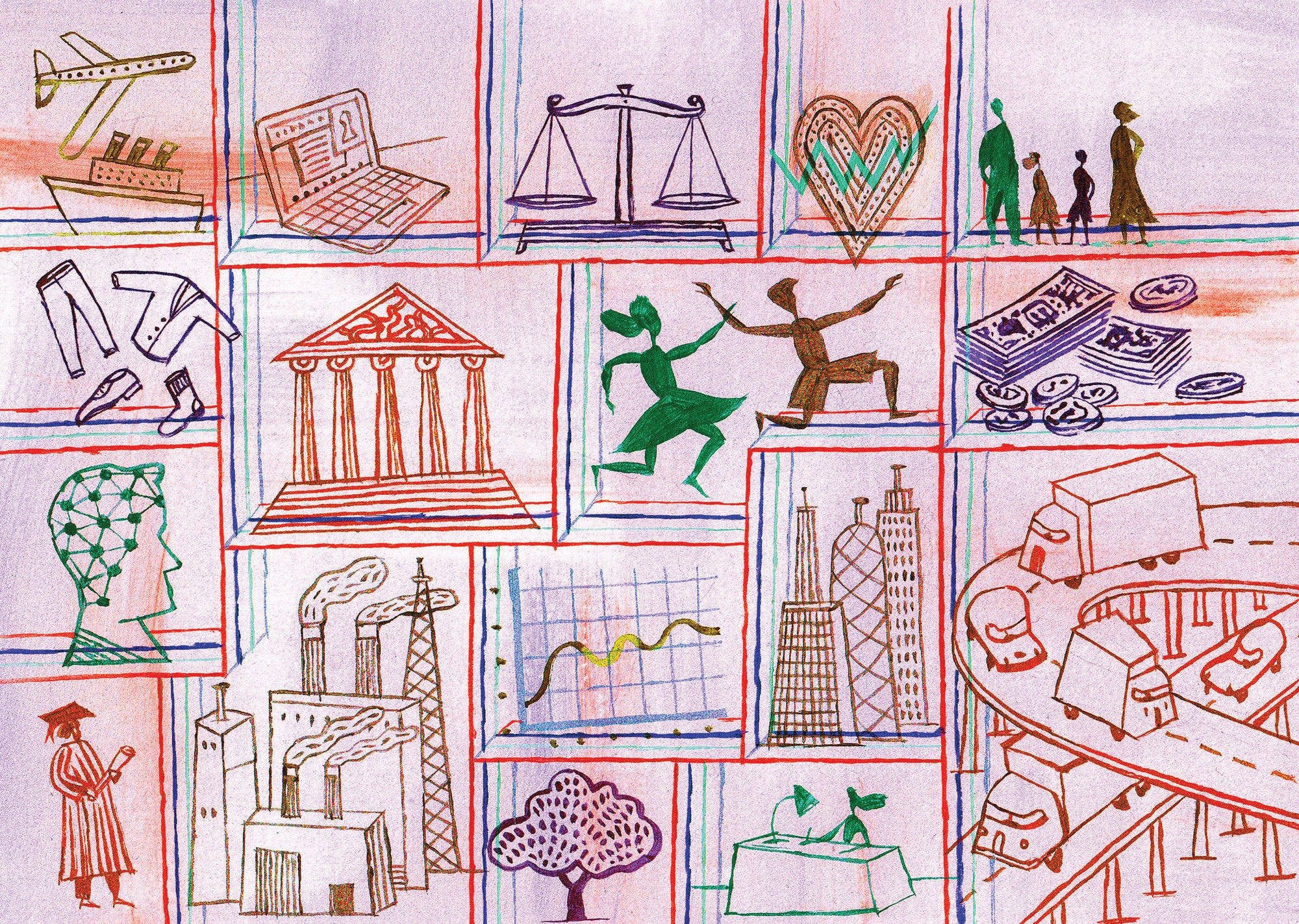The main sources of government revenues are taxes (on income or wealth, for example) and social contributions made directly by or on behalf of employees. A lower share of revenues comes from sales by the general government (e.g. user fees for the provision of services), grants, and other sources (e.g. property income).
In 2017, on average 60% of the revenues raised by governments across OECD countries came from taxes and 25% from net social contributions, another 8% came from sales and 7% from grants and other revenues. The structure of revenues differs largely among countries. Taxes represent 88% of Denmark’s revenues followed by Australia, New Zealand and Sweden (over 79%) whereas they represent only 46% in the Slovak Republic. The Slovak Republic relies more on net social contributions than any other OECD economy, amounting to 37.5% of general government revenues. Mexico (34%) and Norway (23%) have the largest share of income from grants and other sources, as the exploitation of natural resources (e.g. oil and gas) is an important source of revenues for these countries. The contribution of sales is largest in Finland (13%), Switzerland (13%) and the United States (12%) meaning that, mainly through user fees, people contribute proportionally more to the funding of services in these countries.
Across OECD countries, grants and other revenues and taxes have reduced their contribution to general government revenues (-0.6 p.p. and -0.4 p.p. respectively). Compared to other OECD countries, Lithuania experienced the greatest change in government revenue structure between 2007 and 2017: net social contributions have increased their relative contribution by 10 p.p. and sales 1.7 p.p., while taxes decreased 9.4 p.p. and grants and other sources decreased the remaining share (2.3 p.p.). These changes are, at least partially, explained by a high contribution rate to social security paid primarily by employers, a rapidly aging population and emigration trends and a rigid labour market promoting informality and limiting the tax base. As part of the solution to this problem, and based on the New Social Model, Lithuania introduced an encompassing reform, implemented in stages in 2017 and 2018, of labour relations, unemployment relations and pensions; the reforms also touch upon some aspects of the tax system (OECD, 2018).
Income and profit taxes are the largest source of tax revenues (34% in 2016) in OECD countries, closely followed by taxes on goods and services (33%). However, the structure of taxes in some countries differs from the OECD average. The share of taxes on income and profits over total taxes in 2016 was smallest in Hungary, Lithuania and Slovenia (around 19%) and largest in Denmark (63%), Australia (57%) and New Zealand (56%). The contribution of taxes on goods and services (e.g. VAT) is largest in Chile (55%), Turkey (44%), and Estonia (43%) and smallest in the United States (17%), Japan (20%) and Switzerland (21%). In 2016, property taxes were the largest source of revenue in Iceland and accounted for 34% of the contribution, which represents a 28 p.p. increase over 2007. However, this increase is the result of a one-off operation whereby Iceland received a stability contribution, aimed at liberalising capital controls imposed during the crisis, from entities that previously operated as commercial or saving banks.



